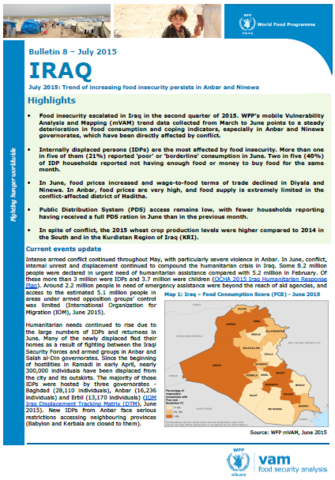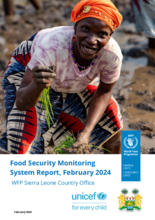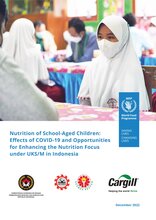
- Food insecurity escalated in Iraq in the second quarter of 2015. WFP’s mobile Vulnerability Analysis and Mapping (mVAM) trend data collected from March to June points to a steady deterioration in food consumption and coping indicators, especially in Anbar and Ninewa governorates, which have been directly affected by conflict.
- Internally displaced persons (IDPs) are the most affected by food insecurity. More than one in five of them (21%) reported ‘poor’ or ‘borderline’ consumption in June. Two in five (40%) of IDP households reported not having enough food or money to buy food for the same month.
- In June, food prices increased and wage-to-food terms of trade declined in Diyala and Ninewa. In Anbar, food prices are very high, and food supply is extremely limited in the conflict-affected district of Haditha.
- Public Distribution System (PDS) access remains low, with fewer households reporting having received a full PDS ration in June than in the previous month.
- In spite of conflict, the 2015 wheat crop production levels were higher compared to 2014 in the South and in the Kurdistan Region of Iraq (KRI).
| Document | File |
|---|---|
| Bulletin #8: Trend of increasing food insecurity persists in Anbar and Ninewa, July 2015 |
PDF | 1.19 MB
Download
|


